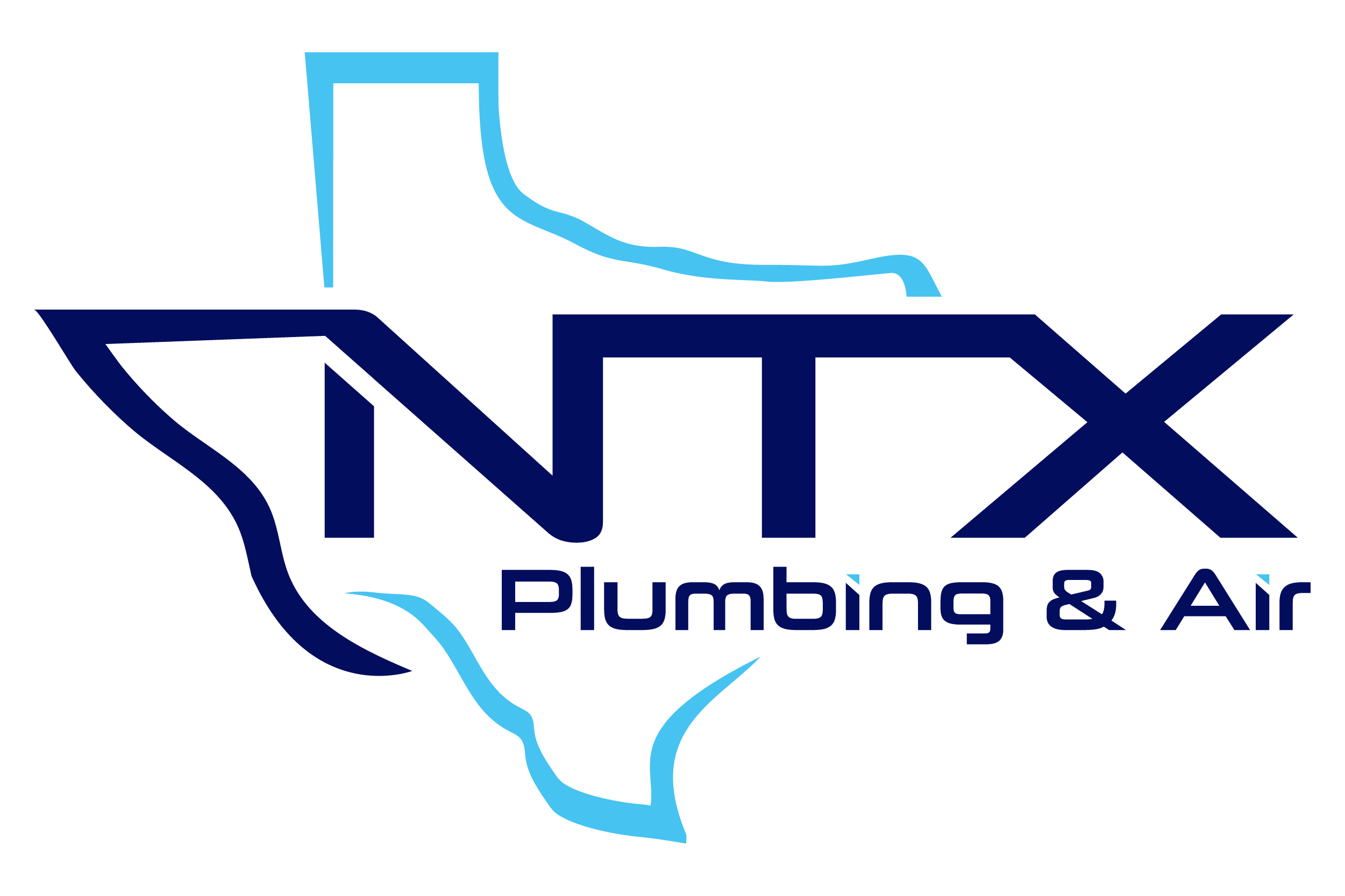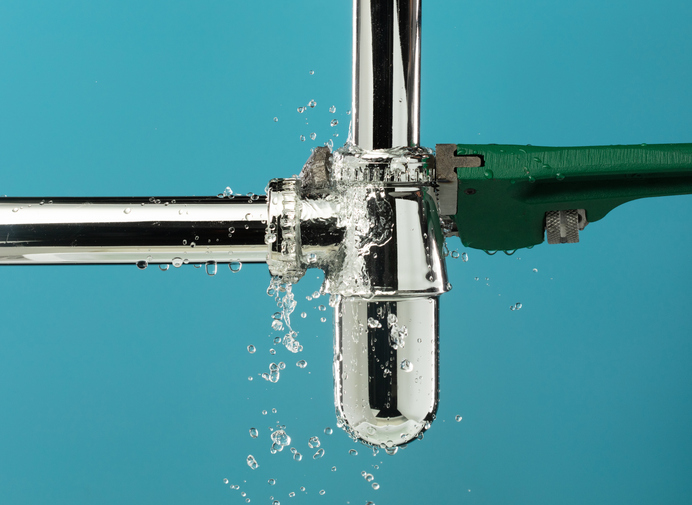Introduction
Pipes are the lifelines of any home’s plumbing system, silently moving water and waste where it needs to go. But over time, even the best systems wear out, crack, or corrode. Whether it’s due to age, shifting soil, water pressure, or invasive roots, damaged pipes can quickly escalate into major problems if not handled correctly. That’s where pipe repair services come into play, offering a wide range of solutions tailored to the severity and location of the issue. Let’s explore the most effective techniques, from small fixes to large-scale replacements, that today’s professionals use to keep your system running smoothly.
Smart Solutions for Every Pipe Repair Need
1. Epoxy Pipe Lining: A Non-Invasive Internal Seal
For minor internal leaks or corrosion, epoxy pipe lining offers a trenchless, non-invasive solution. Technicians insert a flexible liner coated in epoxy into the damaged pipe and inflate it to mold against the interior. Once it cures, it forms a durable new layer inside the old pipe, effectively sealing leaks and preventing further corrosion. This method is ideal for smaller leaks and avoids the need to dig into your floors or yard. It’s best suited for homes with minimal structural damage and where access to the pipe’s exterior is limited.
2. Pipe Patching for Isolated Leaks
If a single spot in a pipe is leaking but the rest is in good shape, a patch may be all that’s needed. In this repair method, professionals place a durable sleeve or wrap around the damaged area, sealing it tightly. These materials are usually resistant to pressure and corrosion, offering a reliable temporary or even long-term fix. It’s a budget-friendly approach, especially for minor leaks discovered early. Regular maintenance and inspections can determine if this patch needs upgrading in the future.
3. Slip Lining: A Pipe Within a Pipe
Slip lining involves placing a slightly smaller pipe into the existing damaged pipe and sealing the space between the two. This method is often used in sewer lines or larger drainage systems. Though it reduces the internal diameter slightly, it’s a cost-effective and relatively simple way to reinforce failing pipes. The process requires minimal excavation and is ideal for long runs of pipe with multiple weak points. It’s a solid middle ground between full replacement and smaller repairs.
4. Trenchless Pipe Bursting
When a pipe is beyond saving, pipe bursting is a popular trenchless replacement method. A bursting head is pulled via the existing pipe, breaking it while pulling in a new pipe to take its place. This pipe repair solution is great for replacing old clay or corroded metal pipes without tearing up your landscape. It requires access points at both ends of the pipe, but it’s much faster and cleaner than traditional digging. It’s ideal for homeowners looking to upgrade to modern materials like HDPE or PEX.
5. Traditional Excavation for Severely Damaged Pipes
In some cases, trenchless methods won’t cut it, especially when the damage is extensive or the area is not suitable for new lining or bursting equipment. Traditional excavation involves digging a trench to access and replace the broken pipe manually. This technique allows full visual access to the damaged section and is often necessary in older homes with brittle or collapsed piping. Though it’s more labor-intensive and disruptive, it provides a permanent solution when nothing else will work.
6. Spot Repairs Using Clamps and Seals
When there’s a visible, localized crack or leak in an accessible section of pipe, metal clamps or rubber seals can be used to provide a quick fix. These are usually used as an emergency repair or when time is a factor. While not intended as a long-term solution, clamps can buy time until a full pipe repair or replacement can be scheduled. It’s a useful technique in utility rooms, crawl spaces, and other easily reachable locations.
7. Complete Pipe Replacement for Aging Systems
Sometimes, the best fix is to start over. In cases where the entire plumbing system is deteriorating, professionals recommend a complete replacement. This is common in homes with galvanized steel pipes, which corrode from the inside out. Modern materials like PEX or copper offer better performance and longevity. While the upfront investment is higher, replacing the entire system prevents recurring problems and adds value to your home. Homeowners planning major renovations often take this opportunity to upgrade their plumbing infrastructure.
8. Hydrostatic Testing and Diagnostic Imaging
Before any repair begins, accurate diagnostics are essential. Hydrostatic testing checks the integrity of the system by pressurizing it and monitoring for drops. This technique is used in combination with video camera inspections to locate hidden leaks and assess damage severity. These modern tools reduce guesswork, speed up repair time, and help avoid unnecessary disruption. They’re especially helpful in pinpointing areas that need repair versus those that can wait.
No two plumbing systems—or problems—are alike. That’s why today’s repair strategies vary from quick patches to full-scale replacements, each tailored to the issue at hand. Thanks to advances in technology, many repairs are now faster, less invasive, and more affordable than ever. Knowing your options helps you make better decisions when plumbing issues arise, whether you’re dealing with a single leak or a full system failure.
Conclusion
Facing a plumbing issue but unsure how serious it is? Let NTX Plumbing take the guesswork out of the equation. Our licensed technicians use cutting-edge diagnostics to determine the best solution for your home.
📌NTX Plumbing – Trusted by Texans for fast, reliable, and friendly plumbing & HVAC solutions that keep your home running smoothly.
Expert Pipe Repair You Can Rely On
- Minimizing Disruption During Emergency Pipe Repair: Essential Tips
- Environmental Impact of Pipe Repair: Eco-Friendly Solutions
- Pipe Repair vs. Replacement: Making the Right Decision





